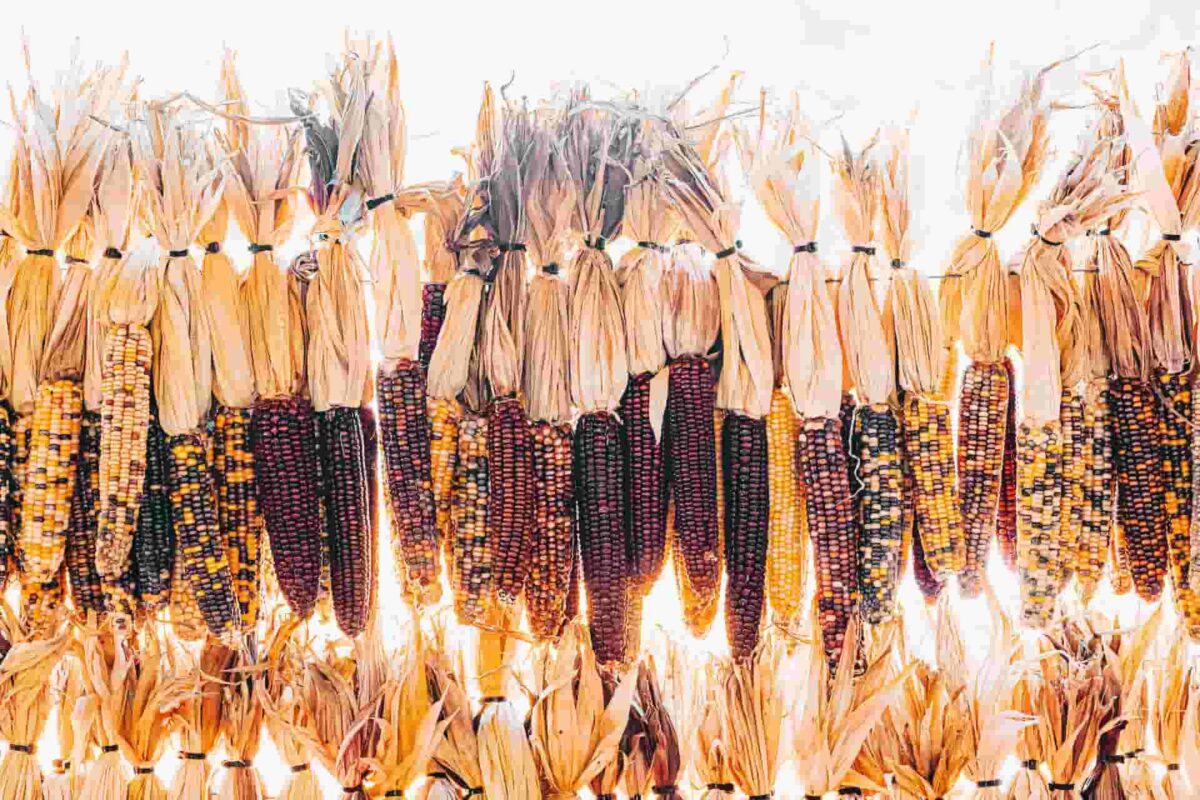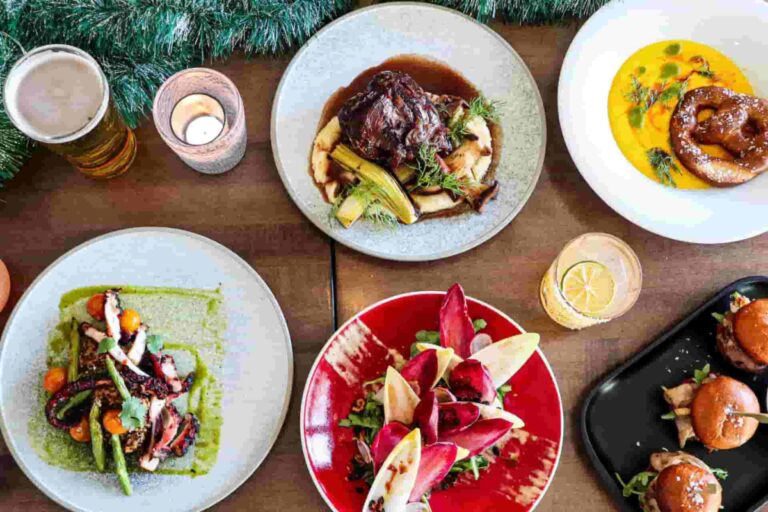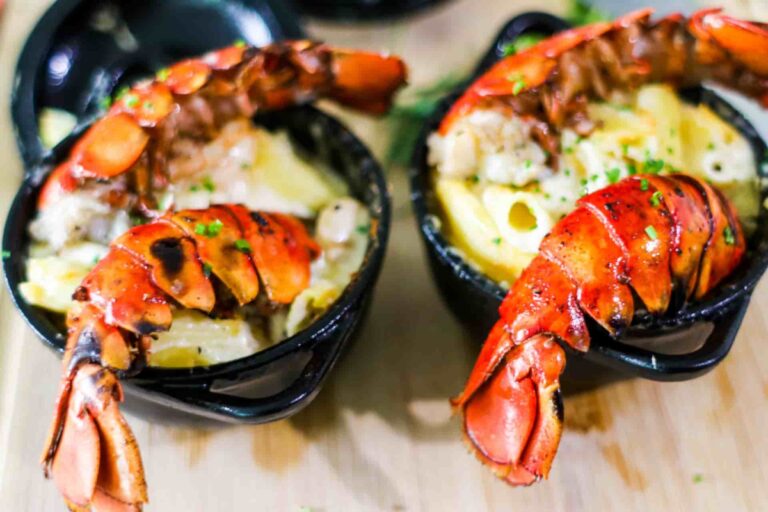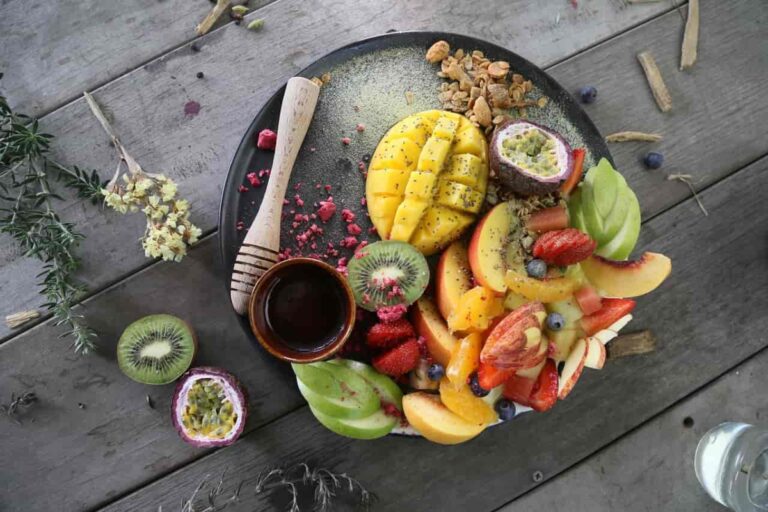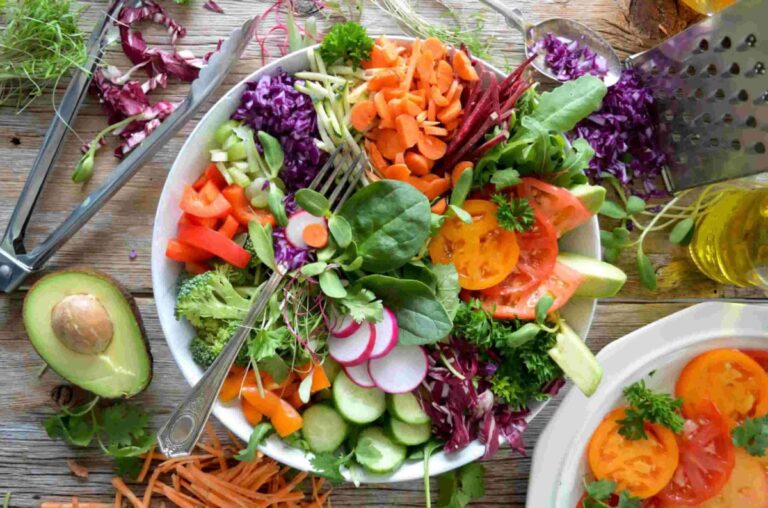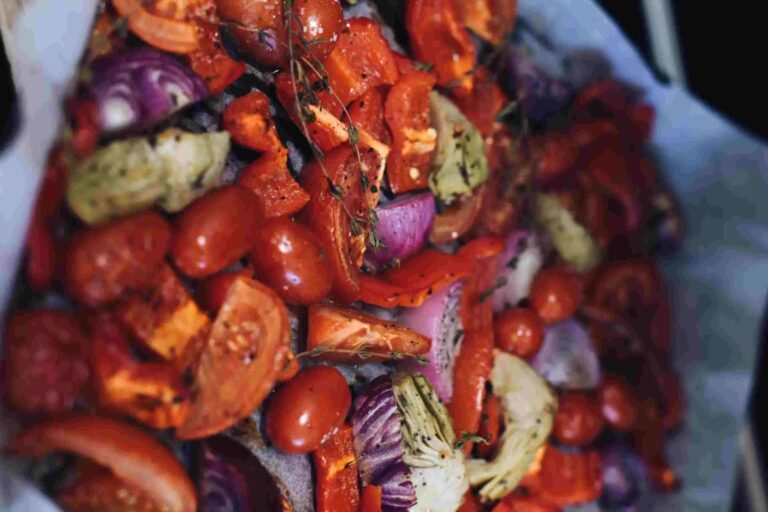Corn 35 free kitchen tips and secrets
Did you know that in the past, corn was used as a substitute for coffee?
- For many years in the 1800s, when coffee was both very expensive and in limited supply, thrifty Americans substituted parched corn for coffee, and the ashes of burnt corn cobs were used to manufacture baking soda. This practice continued because coffee was in short supply.
- Corn is an essential ingredient in Mexican cuisine. Maize is used in almost every meal that is prepared in Mexican cuisine. In its grain or cornmeal form, maize is the primary component of tortillas, tamales, pozole, and atole, as well as all of the meals that are based on these staples, such as tacos, quesadillas, chilaquiles, enchiladas, tostadas, and many more.
- Since it was brought to Europe by Christopher Columbus and other explorers, corn has expanded to every region of the globe where the climate is favourable for its production. Native Americans taught European colonists how to cultivate the native grains. As a result of its widespread use as a primary source of nutrition, its global output has surpassed that of wheat and rice combined.
- Cornmeal may be cooked into a thick porridge in many different cultural contexts, including polenta in Italy, angu in Brazil, mămăligă in Romania, and kaamak in Serbia. In the United States, cornmeal can be prepared into cornmeal mush (and hominy grits in the South).
- When heated, the kernels of some types of popcorn burst open, creating fluffy bits that are consumed as a snack. Popcorn is made up of these kernels.
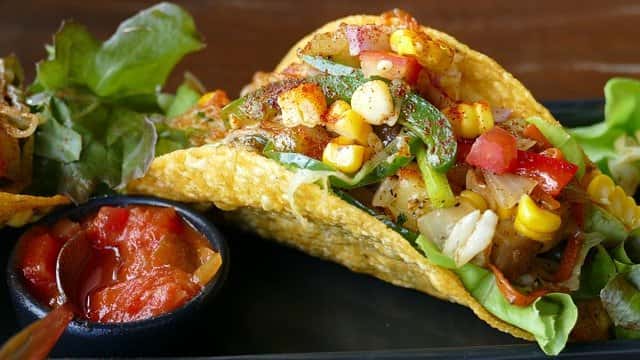
Corn nutrition values and health benefits
- Corn is an excellent source of thiamine and supplies 13% of the daily value, which is equivalent to 0.16mg. Potassium, iron, zinc, magnesium, phosphorus, and selenium are some of the other essential minerals that may be found in corn. In addition, it is a good source of folate, vitamins C and E, and beta-carotene, which is a type of vitamin A.
- Corn is a naturally low-fat food that, on average, each ear of corn has roughly 88 calories. It is a good source of protein and has around 3.3 g per serving. However, the majority of its calories come from carbs. Corn is an excellent source of thiamine and also contributes some fibre to the diet.
- In addition to its vitamin and mineral richness, corn also provides a number of other advantages to one’s health. Corn, regardless of its colour, is an excellent source of a wide variety of anti-inflammatory, disease-fighting antioxidants and other helpful plant chemicals.
- Corn is an excellent source of fibre, which helps to foster the development of “good bacteria” in the digestive tract. These bacteria create short-chain fatty acids, which have been linked to a reduction in the risk of developing colon cancer. Consuming corn in its whole grain form, such as popcorn, fresh corn, and other corn products, can guarantee that you receive the maximum fibre out of the corn you consume.
- Snacks like popcorn that are rich in both protein and fibre are the most satisfying to eat between meals.
- There are 31 calories, 1 g of protein, and 1 g of fibre in one cup of air-popped popcorn that has not been buttered. Especially when it’s made from scratch, popcorn is a snack that contains entire grains and is processed only to a small extent.
- Corn is an excellent source of lutein and zeaxanthin, two forms of vitamin A that are particularly advantageous for maintaining healthy eyes. These substances are known to accumulate in the retina, which is one of the reasons why they are linked to the prevention of age-related macular degeneration.
- Corn also contains a respectable quantity of magnesium, which accounts for between 9 and 12 percent of an adult’s requirements. The risk of having a stroke or developing ischemic heart disease may be lowered by getting an appropriate quantity of magnesium in one’s diet. Consuming corn in any form, whether it’s fresh, popped, or even canned (as long as the salt is left out), may help reduce the risk of long-term harm to your heart.
- Corn may cause allergic reactions in certain people, whether consumed as food or when exposed to corn pollen in the environment. Maize allergies are notoriously difficult to diagnose, but an elimination diet may help evaluate whether or not symptoms improve when corn consumption is reduced or eliminated altogether.
- Corn proteins are primarily what cause maize allergies; hence, corn products that do not contain corn proteins, such as high-fructose corn syrup, do not always need to be avoided because of an allergy to corn. Corn allergies may cause a variety of uncomfortable symptoms, including rashes, diarrhoea, trouble breathing, and a slow pulse.
- High fructose corn syrup is ubiquitous in processed foods despite the fact that it is not regarded to be as safe as other sweeteners. It is connected to a higher chance of developing diabetes as well as other health concerns. It is recommended that you cut down on your consumption of high fructose corn syrup just as you would with any other additional sweetener.
164g of steam yellow corn has 177 calories(740kj), 5.4g protein, 2.1g fat, and 41g carbs including 4.6g fibre.
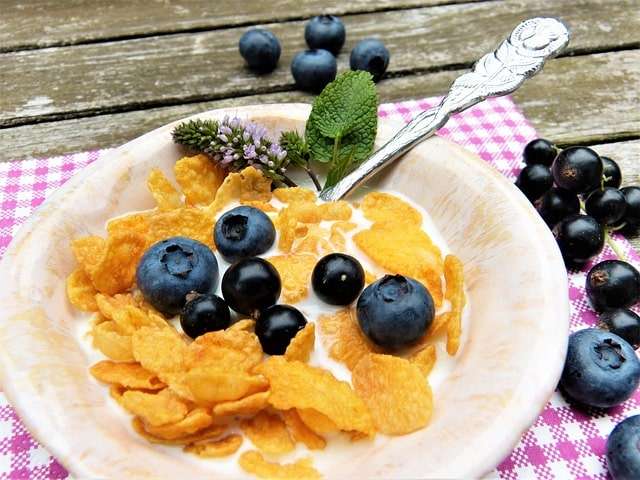
How to store corn and how to buy them
- If you want your corn to have the most natural sweetness, you should get it from a local farm, preferably one that harvests it that morning and then cooks it on the same day you bought it. The sugars that are included in maize immediately begin to transform into starch as soon as it is harvested.
- When selecting husks, it is important to look for ones that are still green, neatly wrapped, and have not dried out. If the brown ends of the silk that stick out at the top of the garment feel moist to the touch as well, this is a good sign. It needs to have the texture of something solid and circular, and the kernels have to be firm and filled up entirely from one end to the other.
- When you go home from the store or the farmer’s market with some of the newest corn available, the first thing you need to do is put it in the refrigerator to let it become cold. It is unlikely that the food will be harmed if you keep it at room temperature for a short period of time if you intend to eat it within the next few hours. Nevertheless, maintaining its cool temperature will result in the best flavour.
- Keep the husks on the corn even if you want to eat it later that day or later in the following week. The husks have an important role in preventing the maize from fully drying out. If the corn is too big to fit in your refrigerator, you may take a few of the outer leaves, but be sure to leave at least a couple of layers of husk on the stalks and kernels. If the corn is too large to fit in your refrigerator, you may remove a few of the outer leaves. This will help to ensure that they remain damp.
- It is important to remember to place the corn in an airtight container before storing it in the refrigerator. The bag, in addition to the husk, offers an extra layer of protection during storage, and this helps to ensure that the corn remains moist. Ensure, however, that the bag has a few air holes in it so that air may flow through it. Mould may develop within the bag if it is sealed too tightly, which causes it to hold an excessive amount of moisture and promotes the formation of mould inside the bag.
- The freezing method is the very last resort for preserving maize. Bring the water to a boil in the largest pot you have at your disposal by bringing it up to a rolling boil. The corn should be immersed in the water for two and a half minutes, after which it should be drained and finished off in a dish containing very cold water. To ensure that the corn kernels stay as fresh as possible, remove them off the cob and store them in freezer bags. Corn that has been frozen may be stored for up to a year, providing enough time for you to stock up before the next growing season.
- Corn that has gone bad may cause food poisoning, digestive problems, acidity, nausea, diarrhoea, and stomach discomfort, just as any other sort of food can. If you consume corn that has gone bad, you run the risk of experiencing these symptoms. In light of this, you should never consume corn without first ensuring that it has been properly stored and examining it for any indications that it has gone bad.
- The appearance of the corn is the most fundamental indicator that may be used to tell fresh maize from corn that has gone bad. The texture of fresh corn is lovely and solid, and you can feel the bumps on the kernels when you run your fingers over them. Fresh corn looks and feels quite healthy. If you find that the corn feels slimy when you touch it, if there is visible mould growing on it, or if it has any black spots on it, then you can be sure that it has gone bad and has to be thrown away.
- The aroma of the maize is another method for determining whether or not it has gone rotten. In light of the fact that mould development may not be immediately apparent, you might want to rely on your sense of smell to determine whether or not the corn is still fresh. Corn that has developed mould often has an unpleasant and rotten odour, which is one of the first signs that the corn has spoiled and should be thrown away.
- Corn that is both healthy and fresh will have a green husk and a silk that is a light golden colour. If, on the other hand, you observe that the husk is beginning to turn brown, this may be an indication that the corn is approaching the period when it will spoil and may do so very soon.
- When it comes to maize, the primary agent that is responsible for hastening its process of going bad is moisture. Corn that has been cooked has a higher chance of going bad than corn that has not been cooked, because wet corn has a far higher propensity to go bad than dry corn does.
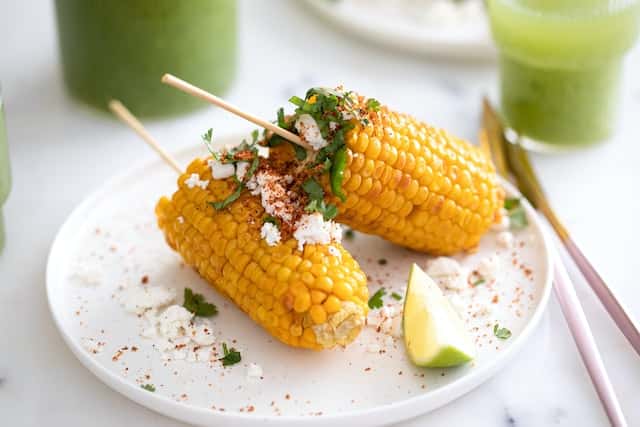
Cooking techniques, secrets, and tips from the kitchen
- How to remove complete corn kernels from their respective cobs:
- Fresh ears of corn should have the husks and silk removed before eating. Rinse thoroughly. Remove enough material from the point to make the top end flat.
- Put the smaller bowl into the bigger one with the larger one on its side. This will provide you with a greater cutting height, and the kernels will fall into the bowl as you work. Place the cob so that its rounded top is resting on top of the smaller bowl.
- Using a sharp, robust knife or a specialised corn cutting tool, cut downwards through two or three rows of kernels while holding the stem end of the cob in your hand. Be careful not to cut too near to the cob; instead, make your incision approximately three-quarters of the way through the kernels.
- The use of a tube cake pan or a bundt pan is yet another common option. Cut the corn while it is standing upright on the middle tube, and then allow the kernels to fall into the prepared cake pan.
- Keep going until all of the rows of corn on the cob have been removed.
- To get the pulp and milky fluid that are still on the cob, scrape the cob with the back of the blade of the knife.
- People tend to prefer the crispier texture that corn maintains after being steamed rather than when it is boiled, and this preference is widespread.
- In a large saucepan, bring approximately one centimetre (or one inch) of water to a boil.
- Put a steamer inside the pot, or a plate on top of an inverted bowl, so that there is at least an inch of space around the pot’s edges.
- This will allow the food to cook more evenly. If you want the ears of corn to be very crisp, steam them for about 3 minutes, but if you want them to be more tender, steam them for about 5 minutes.
- Steam the ears of corn until they are hot and as soft as you want them to be.
- Immediately toss in a large amount of butter and the spices (salt and pepper). On top of the meal, a spritz of lime juice or a dusting of chilli powder is both delicious and a lovely finishing touch.
- The natural sweetness of corn on the cob is complemented well by the smokiness that results from grilling it.
- You can grill corn while it is still within the husk, but the ultimate result will be more similar to steamed corn inside the husk, which is also excellent.
- This is because you will need to first open the husk and remove the corn silk.
- You can also remove the husks from the ears of corn, brush them with melted butter, and place them on a grill set to medium heat (the temperature should be such that you can hold your hand about an inch above the cooking grate for three to four seconds) to cook until they are charred and tender, which should take about 15 minutes.
- After being grilled, the corn may be consumed as is, spread with butter, flavoured with lime juice, or sliced into pieces before being included in a grilled corn salad with a spicy dressing.
- As is the case with the majority of vegetable soups, you may choose between two primary textures: chunky (like corn chowder) or smooth (like creamy sweet corn soup).
- Before you can boil the corn, you will always need to take the kernels from the cobs and put them in a separate bowl.
- Make a corn broth by boiling the stripped corn cobs in water with a pinch of salt.
- If you want more flavour, add onion, garlic, or herbs if you want.
- letting it cool for thirty minutes to an hour, then straining.
- Adding that corn broth as the liquid for any corn soup will increase the corn flavour.
- You can also use canned corn.
- A wide range of doughs and batters, both sweet and savoury, benefit from the addition of corn kernels since they provide texture, sweetness, and a touch of nutty flavour to the mix. The first thing that has to be done is, of course, to cut the kernels off of the corn cobs. After that, you may create corn fritters or corn soufflés using the kernels of corn that you saved. Alternately, you may pulverise those kernels in a blender or food processor to add moisture and even more sweetness to the batter, similar to how you would for a corn cake or corn pancakes.
- The flavourful snap of corn works well with just about everything you can think of. Despite the fact that there are a lot of other possibilities, salt and butter are the most common accompaniments when it’s served. Alliums (garlic, leeks, and onions), herbs (basil, chervil, coriander, parsley, and thyme), bacon, beans, butter, chilies, citrus, courgettes, shellfish, squash, and tomatoes.
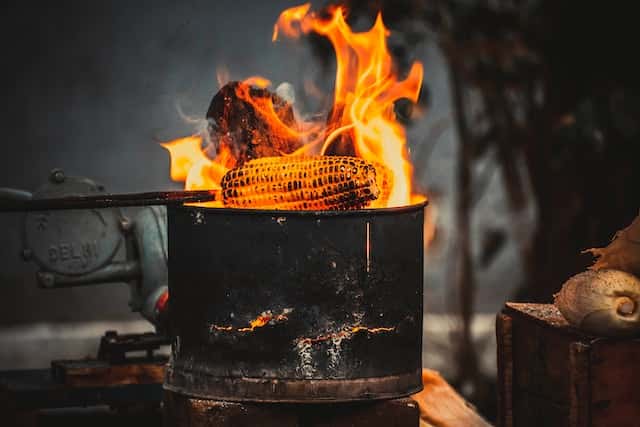
History of corn from the beginning until today
- The origins of modern maize may be traced back to the commencement of human agriculture, around 10,000 years ago. Farmers in the area now known as Mexico took the first steps in domesticating maize thousands of years ago by selectively planting kernels (seeds).
- Genetic research indicates that the introduction of maize cultivation to South America happened twice: first more than 6,000 years ago, when it was distributed across the Andes, and again, more recently, when it was brought in via the Caribbean.
- Archaeologists in Peru have uncovered artefacts from approximately 6,700 years ago that seem to be related to farming. This second wave hit the South American lowlands around two thousand years ago.
- Spanish colonists in 1492 ate corn, which was afterwards sent back to Europe and sold to other nations. The Spanish colonists preferred wheat bread over other staples like corn, cassava, and potatoes.
- Corn is a staple ingredient in Mexican cuisine. Masa is the main ingredient in many traditional Central American cuisines, such as tacos, tamales, and adobe. Tostadas, tacos, quesadillas, chilaquiles, enchiladas, and a wide variety of other Mexican dishes are built on maize tortillas, which are also the main ingredient in tamales, pozole, and atole.
- Polenta in Italy, angu in Brazil, mămăligă in Romania, cornmeal mush in the US (or hominy grits in the South), mieliepap in South Africa, sadza, nshima, ugali, and other names in different regions of Africa are all thick porridges made from coarse maize meal.

